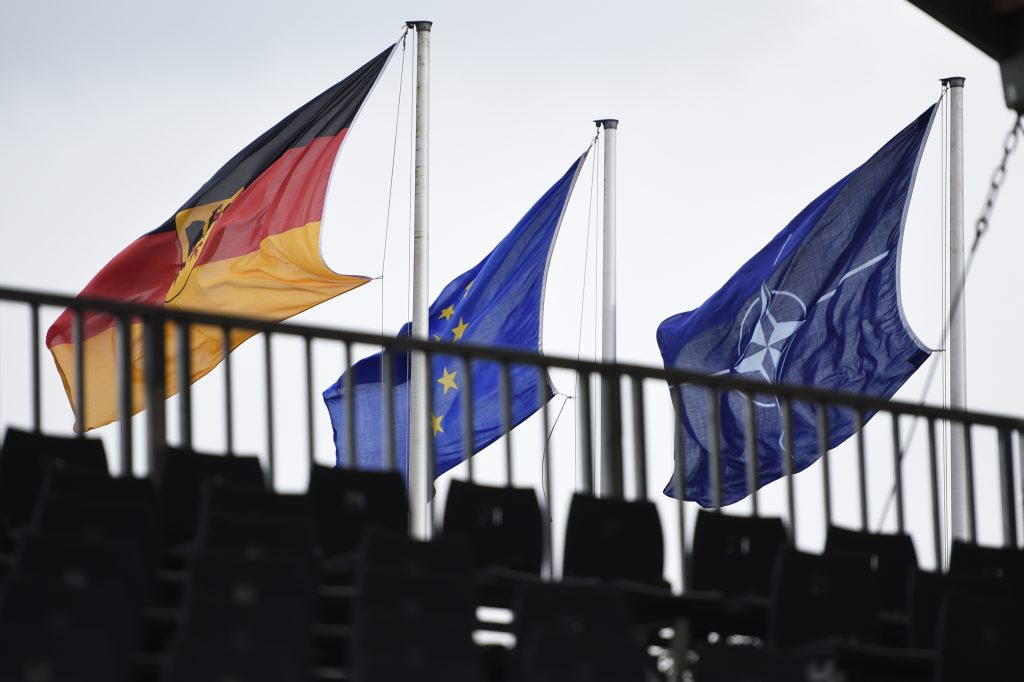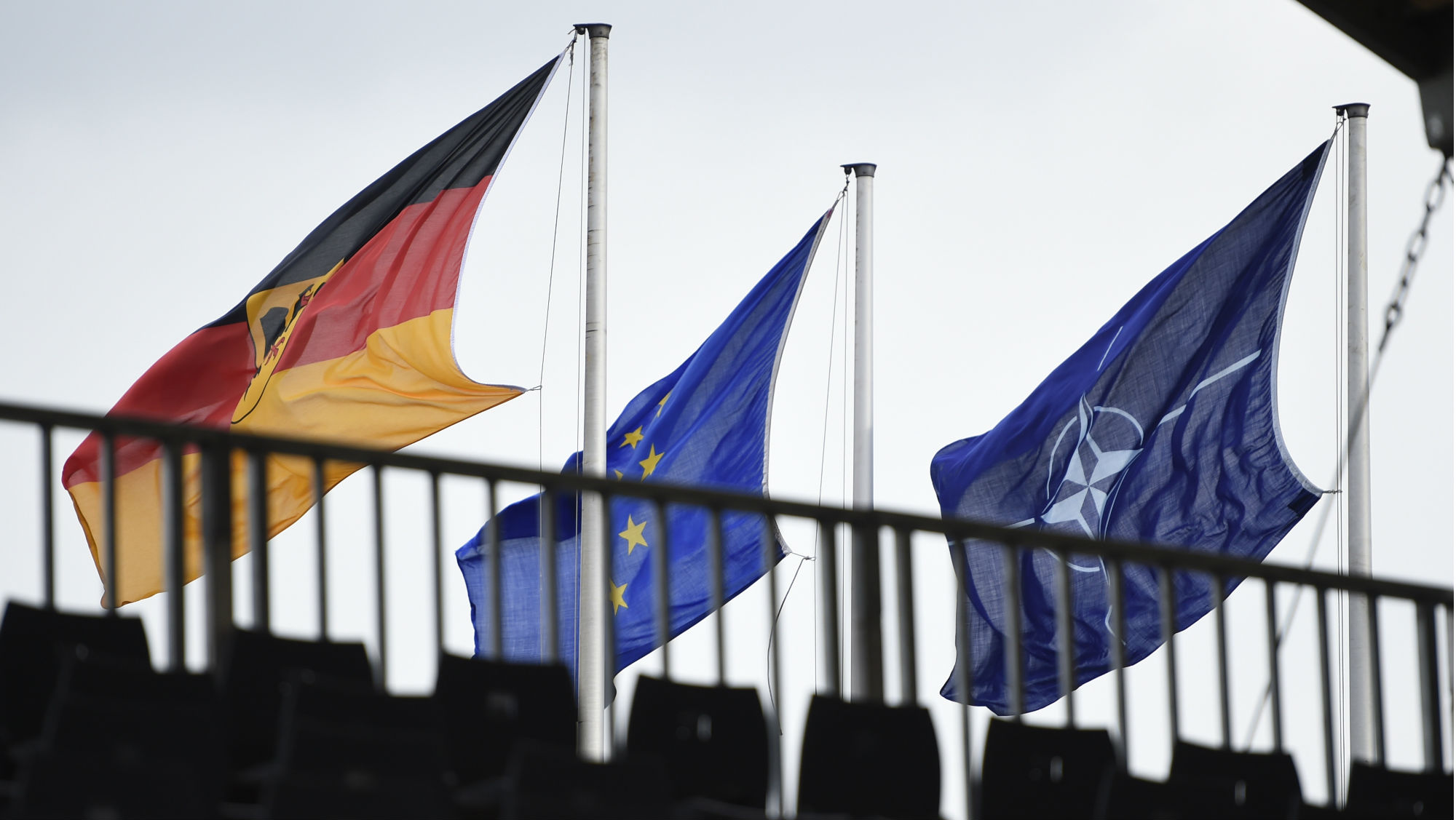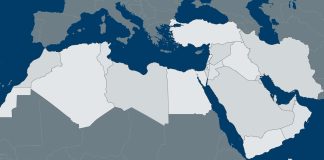By Antonia Colibasanu
Since the 2008 financial crisis, Germany has been the de facto leader of the European Union. It has been a voice of calm, urging unity and coordination through the ensuing turbulence, from the financial troubles of Greece, Portugal, Ireland and Spain to the political troubles in the wake of last year’s Brexit vote. Behind the scenes, however, the German Ministry of Defense in February produced “Strategic Perspective 2040,” a federal defense policy document – the first of its kind in Germany since the end of World War II. Some details of the document were leaked recently to the German publication Der Spiegel. The document, and especially the planning scenarios in it, send a message to the world: The structure of Western Europe since World War II, and of all of Europe since 1991, is no more. And Germany intends to look out for itself.
What Germany Is Planning For
Strategic Perspective 2040 considers six scenarios, all relating to the future of the EU and its relationship with the world in general and the United States in particular. The first two scenarios see the EU surviving its ongoing existential crisis. Strong trans-Atlantic relations prevail. This was regarded as the current state of affairs for Germany, where its defense and security focus has been on local and international peacekeeping operations. The third scenario describes heightened tensions on a local level in the Western world. It covers rising nationalism – which is already happening – and an elevated threat of terrorism.
The final three scenarios are the bleakest. They detail the further deterioration of the economies of Europe and, ultimately, the collapse of the European Union, coupled with an “increasingly overstrained” United States still serving as the world’s “stabilizing factor.” In the fourth scenario, economic troubles in Europe and in China – Germany’s two main export markets – pose a serious threat to the German economy.
Scenario five outlines a bipolar world, where the West consists of the U.S. and Europe – not the EU – and the East consists of Russia and China. Economic competition grows between the two blocs, but while tensions are high, trade prevents major military conflicts. Dependence on fossil fuels and other raw materials drives some Eastern European countries to ally with Russia. The sixth scenario sees a complete collapse of the European Union. The leadership in the United States is no longer able to act decisively to prevent global crises from escalating. The prevailing sentiment from the perspective of the German defense and security establishment is uncertainty.
Why Now?
The strategic document notes that Russia’s invasion of Crimea in 2014 was the impetus for its conception. Large chunks of it were written in 2015, before the refugee crisis in Europe, the Brexit vote and the resurgence of nationalism throughout the Continent. Its prescience is commendable; the German military was envisioning some of the problems of today as it watched the EU struggle to find solutions to the problems of days past. Also, the military establishment didn’t build the six scenarios based on the events of 2014.
 The flags of Germany, the European Union and NATO hang during a military exercise on Oct. 10, 2017, near Munster, Germany. ALEXANDER KOERNER/Getty Images
The flags of Germany, the European Union and NATO hang during a military exercise on Oct. 10, 2017, near Munster, Germany. ALEXANDER KOERNER/Getty Images
In fact, 2014 was only the tip of the iceberg – Germany has had to deal with strategic questions about its role in European affairs since 2008, when the European Union began to disintegrate, in the process posing a threat to German national interests. For Germany, the European Union needed to be saved for two reasons, both related to its core national interest. It needed the EU to survive for the reasons that have existed since the end of World War II: The EU was a foundation of its relationship with France, a way to ensure that the conflicts of the past stay in the past.
But it also needed it for economic reasons. Germany is the third-largest exporter in the world, and most of its exports go to the rest of Europe. The EU free trade zone has been the crux of the German economy. The price of the euro helped German exporters, and Germany’s political power in Brussels, where EU regulations for the common market were formulated, gave Germany other advantages. Protectionism, particularly in Europe, threatens Germany because it diminishes its ability to export. Without strong exports, the performance of Germany’s economy suffers, and social instability isn’t far behind.
Beyond economics, regional alliances that could challenge German interests are slowly popping up in Europe. Italy has found it has shared interests with Spain and France, while much of Eastern Europe considers deeper coordination while anxiously watching Russia. As these countries develop stronger ties, Berlin must consider the potential for confrontation with these alliances.
This is where the military dimension of the German strategy comes into play. Germany has kept its formal relationship with NATO intact since the end of the Cold War. But without the specter of the Soviet Union, NATO is increasingly more of a political than a military alliance. 2014 was a wakeup call for Germany because it wasn’t prepared for its interests to diverge from those of the Eastern Europeans and even the Americans.
Berlin was an early supporter of the demonstrations that installed the pro-Western government in Kiev. Berlin, however, didn’t expect the Russian response. It also didn’t see the U.S. response coming. Germany saw this as a political problem and didn’t want it to turn into a military problem. It also wanted to keep good relations with Russia, with which it has a significant economic relationship. As the situation in Ukraine evolved, Berlin had to deal with a second European crisis concerning refugees. The Eastern Europeans were not bothered by the refugee issue – after all, most of the refugees were headed west anyway – and were concerned only with the Russian advance on their borders. While Germany was trying to keep the EU together, the Eastern Europeans were focused on building up a containment line against Russia – and the U.S. was supporting them.
2008 saw the start of the EU’s process of fragmentation. 2014, in Germany’s eyes, marked the beginning of NATO’s fragmentation. This was Germany’s signal to start planning its own defense strategy. On the bright side for the U.S., which has been urging NATO members to boost their defense spending, Germany’s defense budget will likely grow along with its list of national interests.
The release of details about Germany’s first national defense strategy in decades is a signal to the world that it doesn’t intend to set idle. The system that was built after the war no longer works. The EU and NATO are cracking under the weight of an increasingly divergent set of interests among their members. So Germany must make its own plans, and it must plan for the worst.








